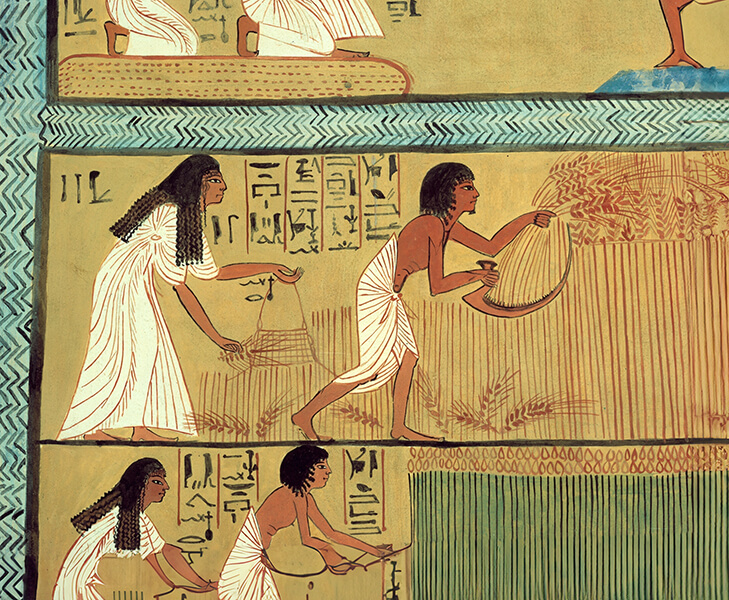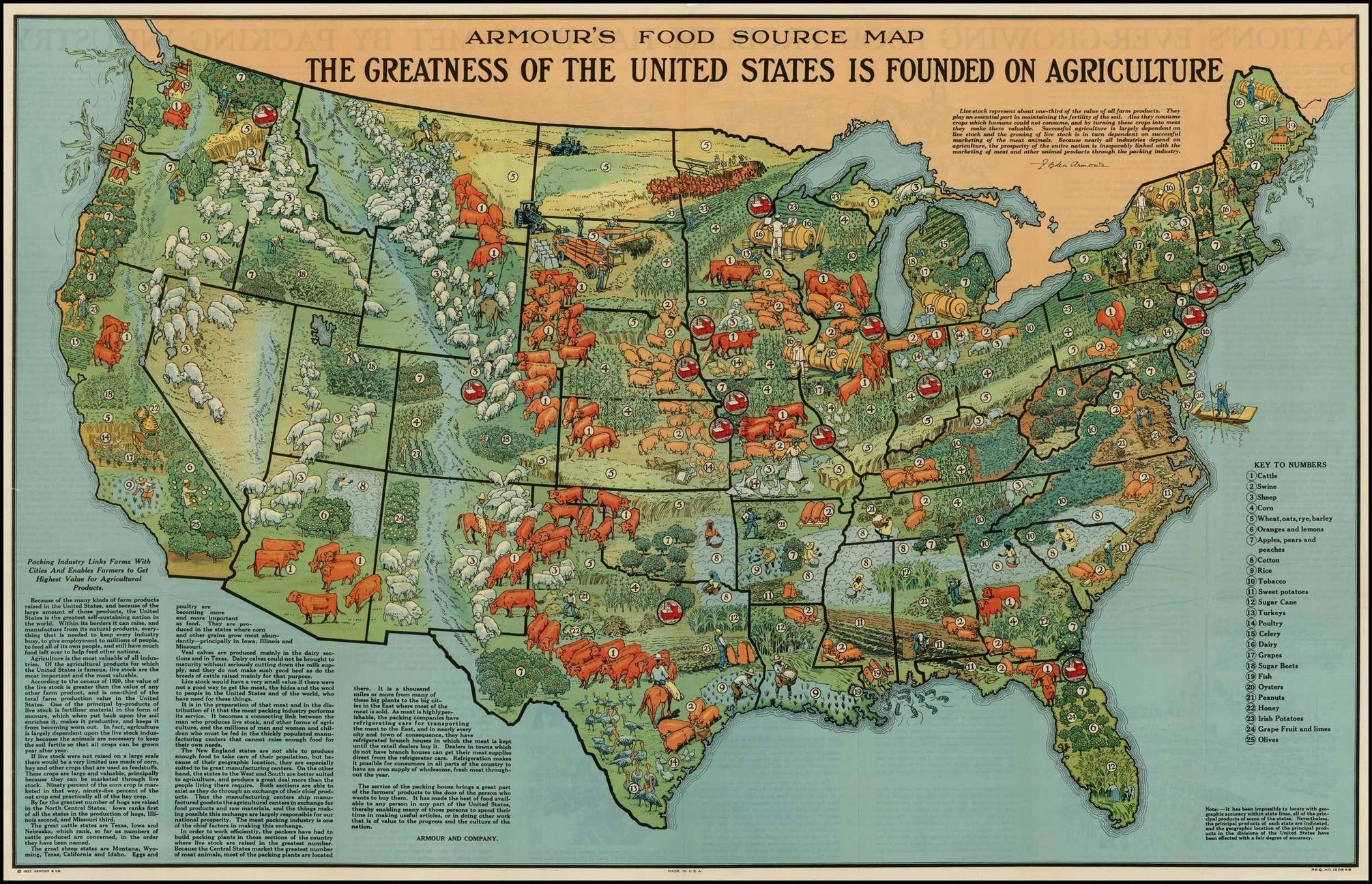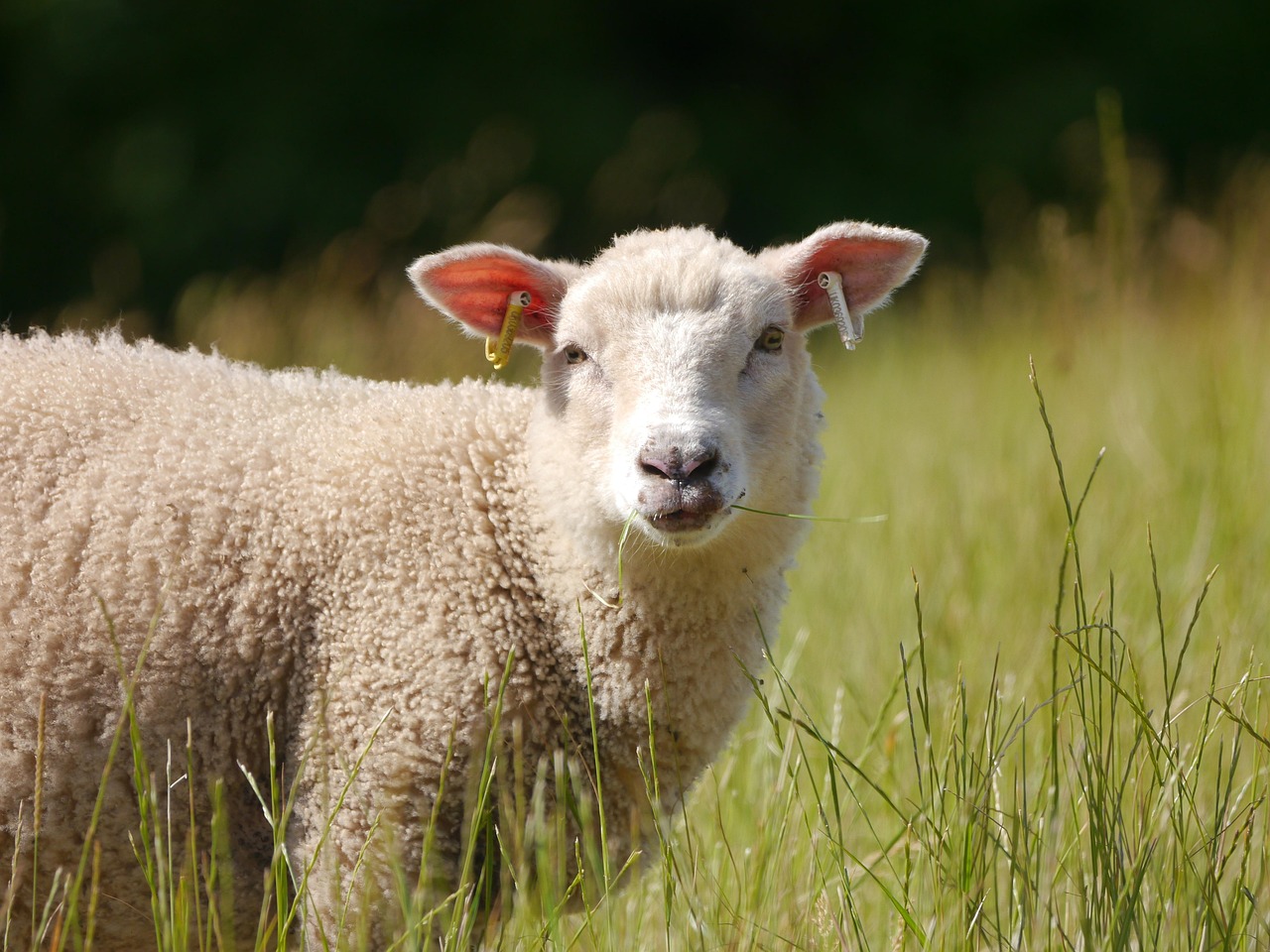
Wheat: Ancient and Ageless
Students will explore the importance of wheat in the development of culture by learning about the advent of agriculture, discussing wheat cultivation in ancient Egypt, threshing a head of wheat with their hands, and making a corn dolly out of wheat stems.

